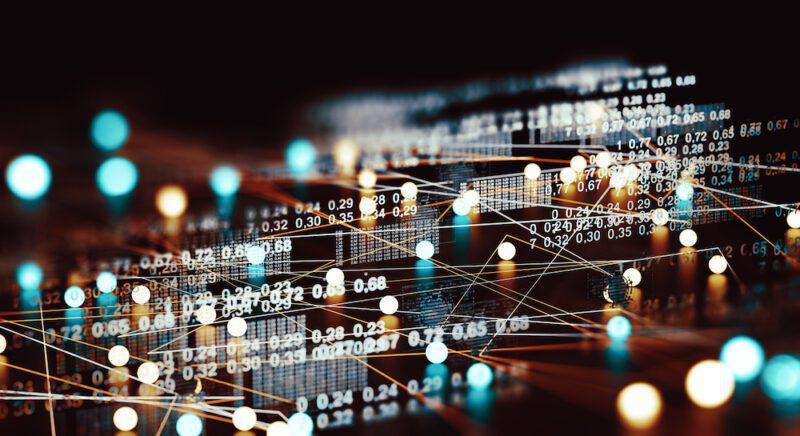
Federal agencies have made strides in revamping their outdated applications and technology, but amid the pandemic, it’s more important than ever that citizens can access government services easily and fast. A modern analytics platform could be a part of the government’ strategy to accelerate modernization while also helping agencies overcome latency and performance issues, experts say.
In an Aug. 13 webinar with Salient CRGT, Carahsoft and ThoughtSpot, the discussion focused on the path toward analytics modernization and what challenges aging technologies pose. Salient CRGT Vice President of the Data Analytics Innovation Center Cynthia Walker opened the webinar emphasizing problems caused by outdated technologies, saying how aging platforms can be expensive and have security vulnerabilities, limiting the efficiency of decision-making and thus hurting clients.
Many organizations are on the cusp of or have begun launching major IT modernizations. Both federal and private sector organizations have been moving in this direction and need to focus on getting solid data and analytics platforms established early in their transformations for the modernization process to go smoothly, according to Walker.
She went on to discuss the limitations of conventional analytics platforms still widely used. Many current platforms focus on taking data from structured and internal application sources, which limits data interpretations and predictions. Additionally, these platforms respond primarily to known questions rather than having the flexibility to respond to emerging questions “at the speed of business,” she said.
Conventional platforms have “architectural walls” that require heavy IT involvement and limit what consumers alone can do with the data, and these walls delay development and add long wait times for a reliable report, according to Walker.
Modern data architecture has four qualities that make it capable of handling data in a way beyond the abilities of conventional architecture, she said. Modern architecture needs the infrastructure to securely connect to any needed data source and cloud capabilities. It should also be able to prepare, model and catalogue data quickly. Next, it needs to have the ability to query, visualize and analyze data to create consumable content. Lastly, it needs to be able to tell the data story, share findings and collaborate on findings and actions.
Additionally, a modern architecture should be able to curate the data through normalization, standardization and other methods, and be able to prepare models and store data virtually. Many current platforms are accessed through a portal, and most of these platforms don’t support any direct interaction with the data.
To provide an example, ThoughtSpot Solutions Engineer Phil Bayliss showed a model of a modern analytics platform. This model allows users to type in filters that enable them to categorize data more efficiently. It also created visual representations of the data automatically, enabling Bayliss to express the data visually using the platform alone.
Lastly, Walker discussed the necessary steps for success in data modernization. She stressed the importance of choosing what capabilities each individual company needs for success and implementing those first. Modernizations need to be done in a way that protects a business’s core and maintains business continuity in a low-risk way, Walker said.
Walker added that businesses overall need to have a defined strategy. They need to look at their platforms first and bring in technology based on those needs.
To close the webinar, she stressed the importance of data modernization.
“Today, COVID-19 has highlighted the importance of data and data access and being able to make quick decisions around data,” Walker said.

